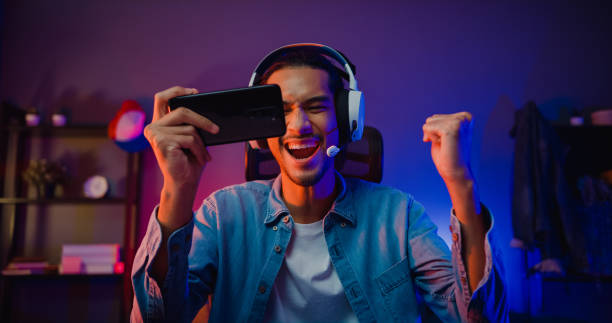In recent years, the gaming industry has witnessed a significant shift in its revenue model, with the rise of in-game purchases and monetization strategies. Online games have increasingly adopted this approach to generate revenue, but what exactly drives players to spend their hard-earned money on virtual items and in-game content? The answer lies within the realm of psychology. In this blog, we delve into the psychology behind in-game purchases and explore the effective monetization strategies employed by game developers to entice and engage players with fun888.
The Power of Player Motivation:
To understand why players make in-game purchases, we must first comprehend the underlying motivations that drive their actions. Several psychological factors come into play:
a. Achievement and Progression: Many players are motivated by a sense of accomplishment and progress. In-game purchases often offer shortcuts or enhancements that can accelerate their progress, fulfilling their desire for achievement.
b. Social Influence: Humans are inherently social beings, and this extends to the gaming realm. Players are influenced by their social circles and seek to match the progress and appearance of their peers. In-game purchases provide a means to showcase status and gain social recognition within the gaming community.
c. Fear of Missing Out (FOMO): The fear of missing out on limited-time offers, exclusive items, or events drives players to make impulsive purchases. Developers capitalize on this psychological phenomenon by creating a sense of urgency and scarcity, encouraging players to act quickly.
d. Personalization and Self-Expression: Customization options and cosmetic items allow players to personalize their in-game avatars or environments, giving them a sense of uniqueness and self-expression. This desire for self-identity drives players to invest in virtual items.
Monetization Strategies: The Art of Game Design:
Game developers employ a variety of monetization strategies to maximize player engagement and revenue generation. Here are some effective strategies:
a. Freemium Model: The freemium model offers free access to the game while enticing players to make in-game purchases to enhance their gameplay experience. By providing a taste of the game’s content for free, developers increase the likelihood of players making purchases.
b. Loot Boxes and Random Rewards: The concept of chance and randomness triggers a psychological response in players. Loot boxes, containing random items or rewards, exploit the element of surprise and anticipation, tapping into the brain’s reward system. Players often succumb to the excitement of uncovering rare or valuable items, leading to repeated purchases.
c. Time-Limited Events: Limited-time events and exclusive content create a sense of urgency, encouraging players to spend money to participate or acquire unique items before they disappear. This strategy leverages the fear of missing out and creates a sense of community among players.
d. Tiered Pricing and Microtransactions: Developers often employ tiered pricing models, offering different levels of in-game items at varying price points. Microtransactions, involving small but frequent purchases, are designed to make players feel that their spending is minimal, leading to greater overall expenditure.
Ethical Considerations and Player Well-being:
While understanding the psychology behind in-game purchases is crucial for developers, it is equally important to address the ethical concerns and prioritize player well-being. Excessive monetization practices can lead to negative consequences, such as addiction, financial strain, or predatory behavior. To mitigate these risks, industry stakeholders should adopt responsible practices, including:
a. Transparency: Clear and upfront communication regarding in-game purchases and their potential impact is vital. Players should have a comprehensive understanding of what they are purchasing and its effects on gameplay.
b. Player Agency and Fairness: Developers should ensure that in-game purchases do not create an unfair advantage or hinder the progress of non-paying players. Balancing the gameplay experience is essential to maintain player trust and engagement.
c. Setting Spending Limits: Implementing spending limits and providing tools for players to manage their in-game purchases can prevent excessive spending and protect vulnerable individuals.
d. Education and Awareness: Promoting digital literacy and educating players about the psychological tactics employed in monetization strategies can empower them to make informed decisions and avoid impulsive spending.
Conclusion:
The psychology of in-game purchases in online gaming reveals the complex interplay of player motivations and monetization strategies. By understanding the underlying psychological factors, game developers can create engaging experiences while safeguarding player well-being. Ethical considerations and responsible practices are crucial in maintaining a healthy relationship between players and in-game purchases. As the gaming industry continues to evolve, a balance between revenue generation and player satisfaction should be the ultimate goal, ensuring an enjoyable and sustainable gaming ecosystem for all.

